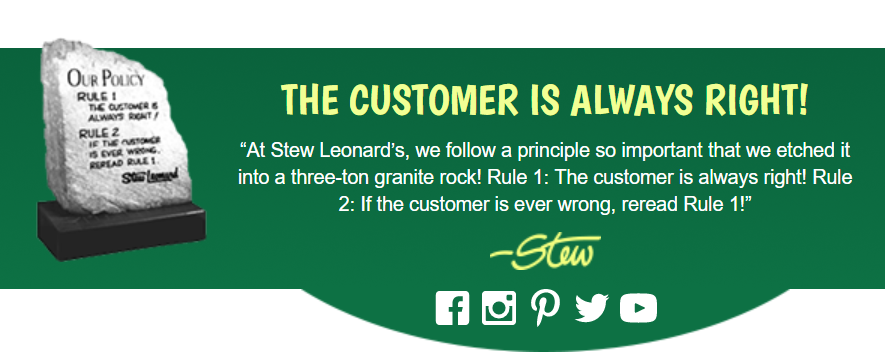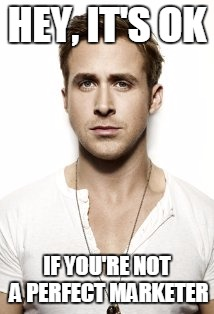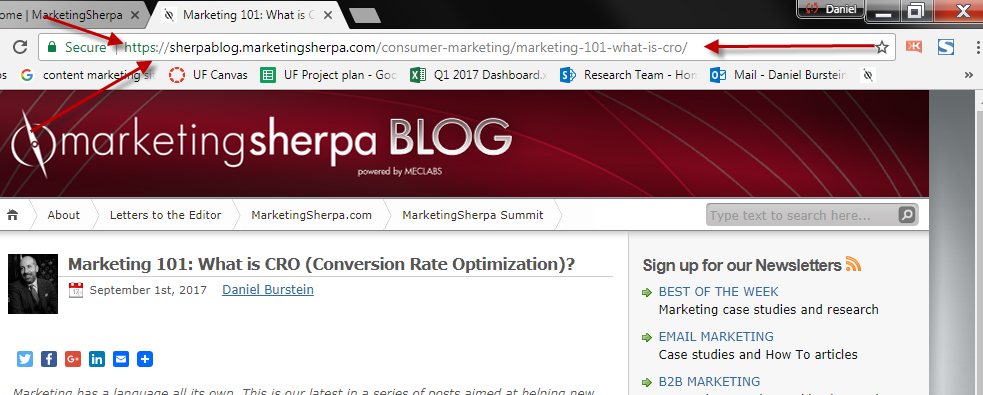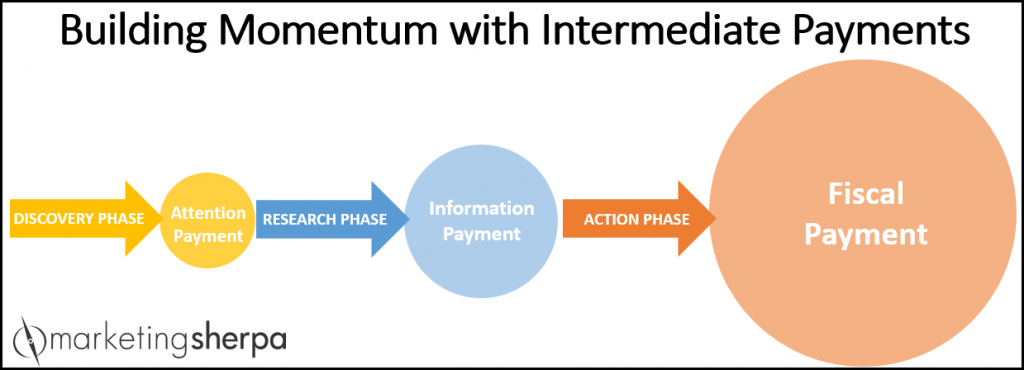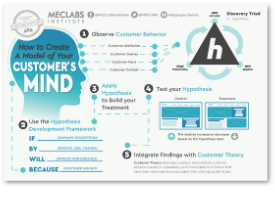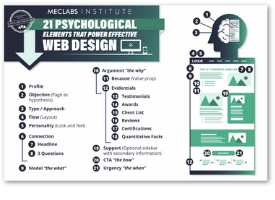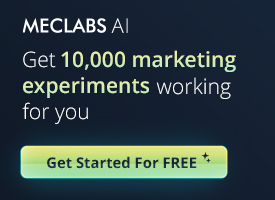Customer-First Marketing: The customer is always right … but not always right for your company
You’ve heard the saying a million times, I’m sure. “The customer is always right.” It is so ingrained in Stew Leonard’s that the supermarket chain has engraved it in stone and put it right in front of its stores.
And yet, while customers can offer valuable insights, if you’ve spent any time at all monitoring customer feedback, you know that customers can have some interesting opinions. Controversial perhaps. Wacky even. Impossible to bring to market in a profitable way. And occasionally downright bizarre.
So how do you square this circle? Customer feedback is extremely valuable, but customers don’t always know what they’re talking about.
Exhibit A: One Homer J. Simpson. In an episode of “The Simpsons,” Homer find his long-lost half brother, who happens to be rich and owns a car company. His brother offers to give him a free car but soon realizes that none of his company’s cars are what Homer really wants.
Sensing an opportunity, he sees Homer as the proxy for the “average man” and unleashes him with totally authority to design a car. The result — a monstrosity. (“You know that little ball on the antenna that helps you find your car in the parking lot? That should be on every car!”) And a monstrosity that costs $82,000, to boot.
The customer isn’t always right, your customer is always right
Here’s the problem. Homer is not the ideal customer to purchase a new car. If you’ve watched the show, you know he drives an old, beat-up, used car. So while he had lots of ideas, he never would have actually been able to buy the car he was designing.
How do you use customer feedback as valuable business intelligence without ending up having to market an $82,000 automobile with three car horns that play “La Cucaracha”? Here are a few tips to help set you down the right path:



